
28 August 2022
I had never seen the word “synanthrope” until I found it attached to this photo.
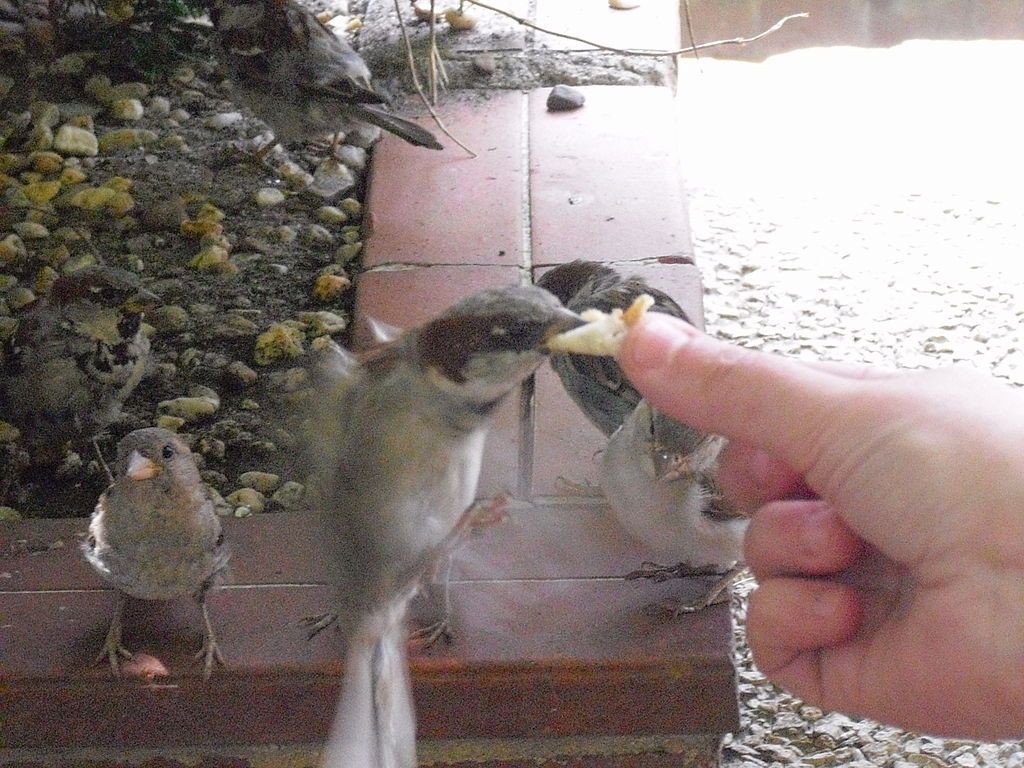
House sparrows are synanthropes. So are pigeons.
A synanthrope (syn-anthrope) [from Greek: syn-anthrope: syn=”together with” + anthropos=”man”] is a wild animal or plant that lives near, and benefits from, an association with humans and the somewhat artificial habitats that people create around themselves.
— Wikipedia: Synanthrope
We can be forgiven for not knowing this little-used word since its present meaning is only 74 years old(*).
Synanthropes live with us but we often disparage them. They are wild but too familiar, too “tame,” too weedy. Here are some more examples.
The house mouse (Mus musculus)
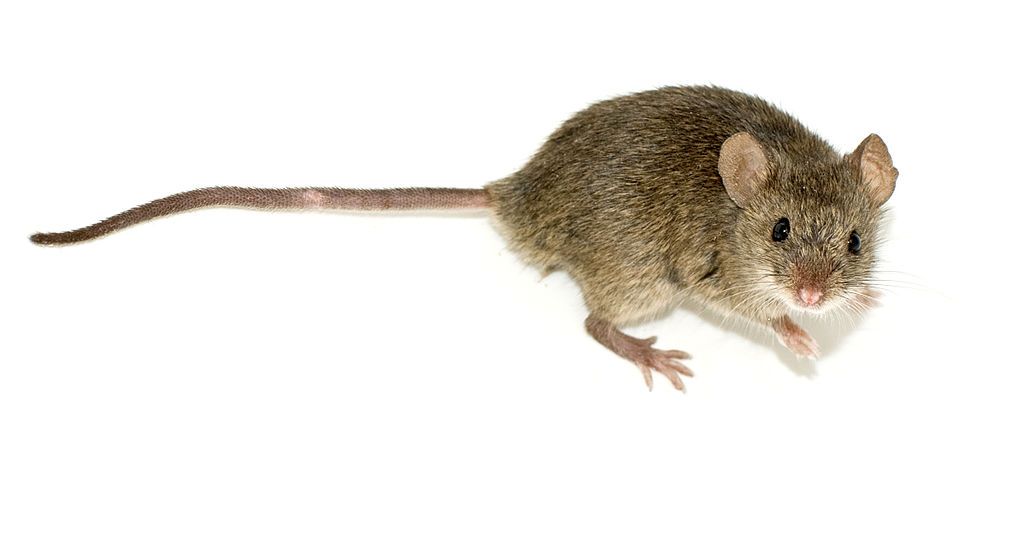
Dandelions (Taraxacum sp.)
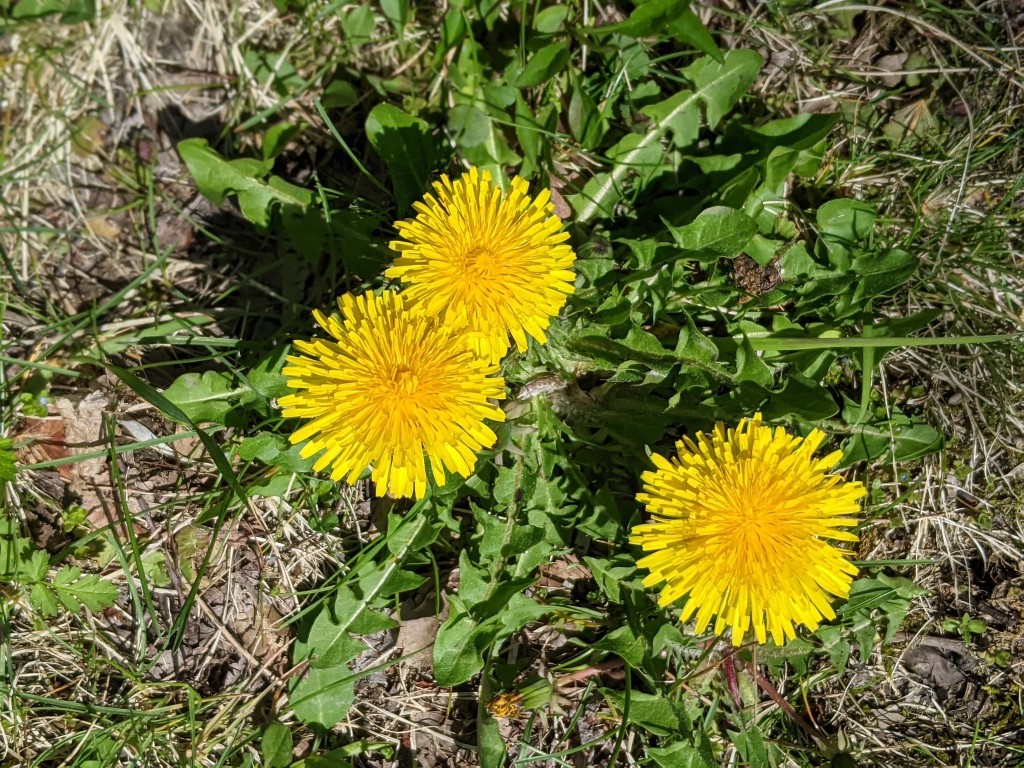
Horseweed (Erigeron canadensis) and pilewort (Erechtites hieraciifolius) are native North American plants that like disturbed soil. We notice them in August when they start to look ugly.
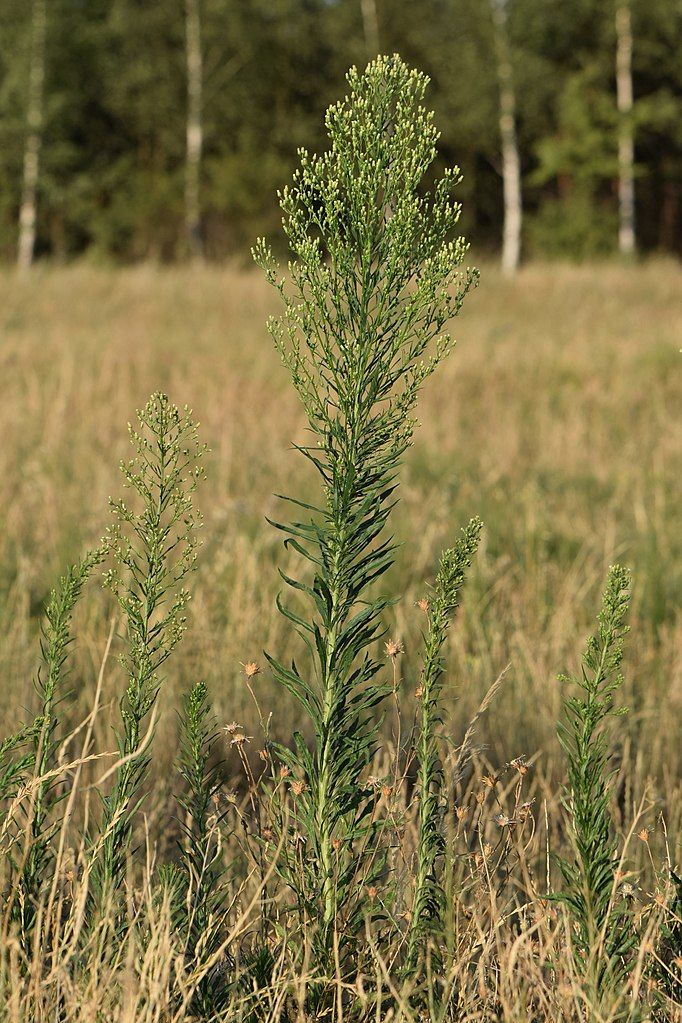
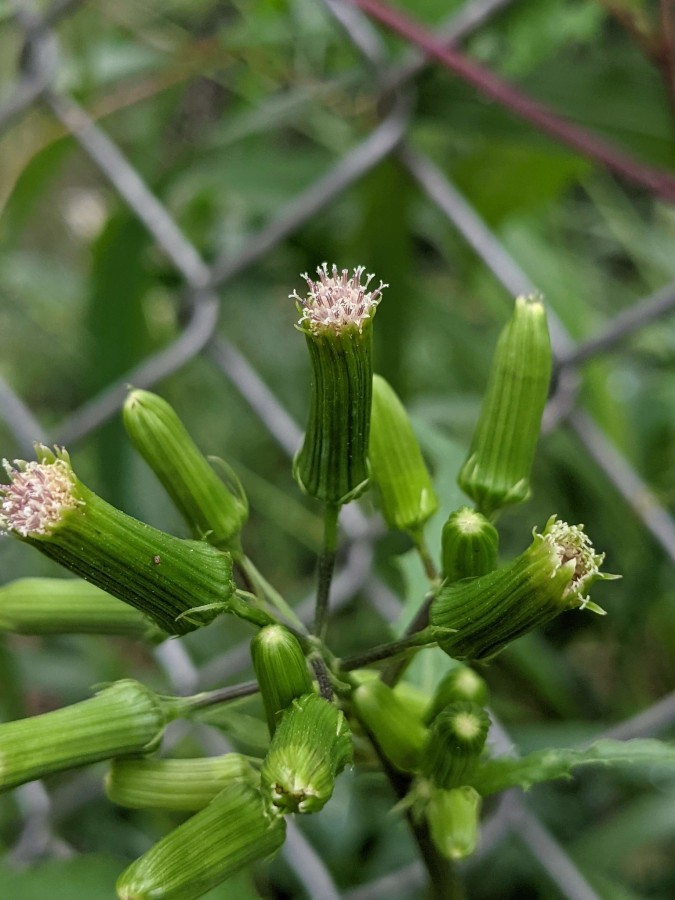
Two local mammals may be recent synanthropes, formerly shunning humans but now benefiting from our habitat.
Squirrels love our birdseed and shelter (attics).
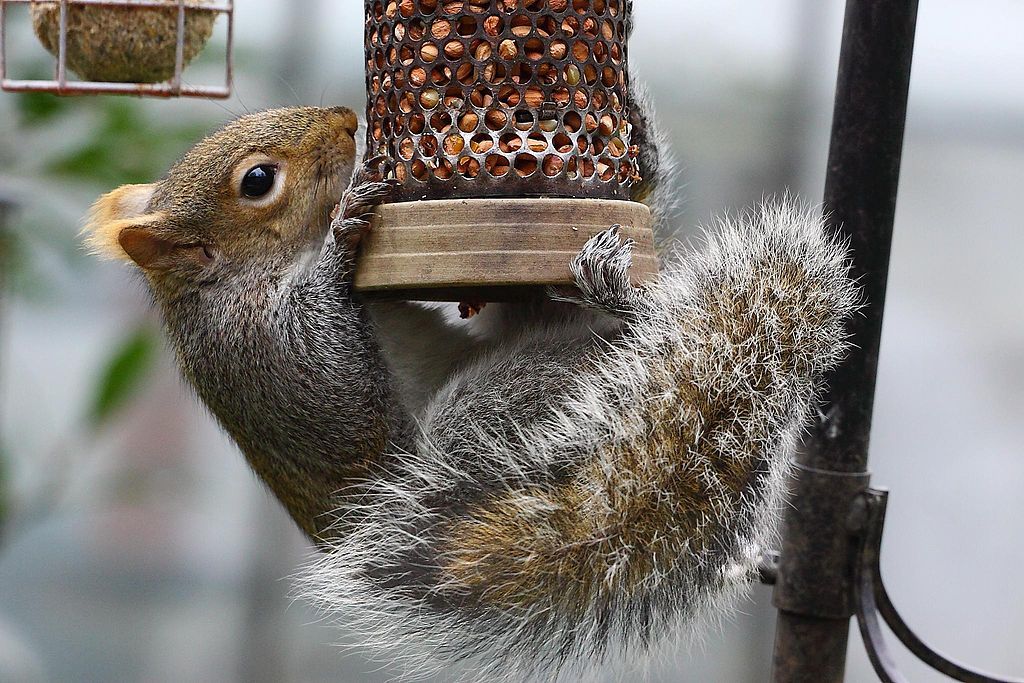
White-tailed deer (Odocoileus virginianus) prefer forest edges next to open areas, a landscape often created by humans. Have deer become synanthropes?
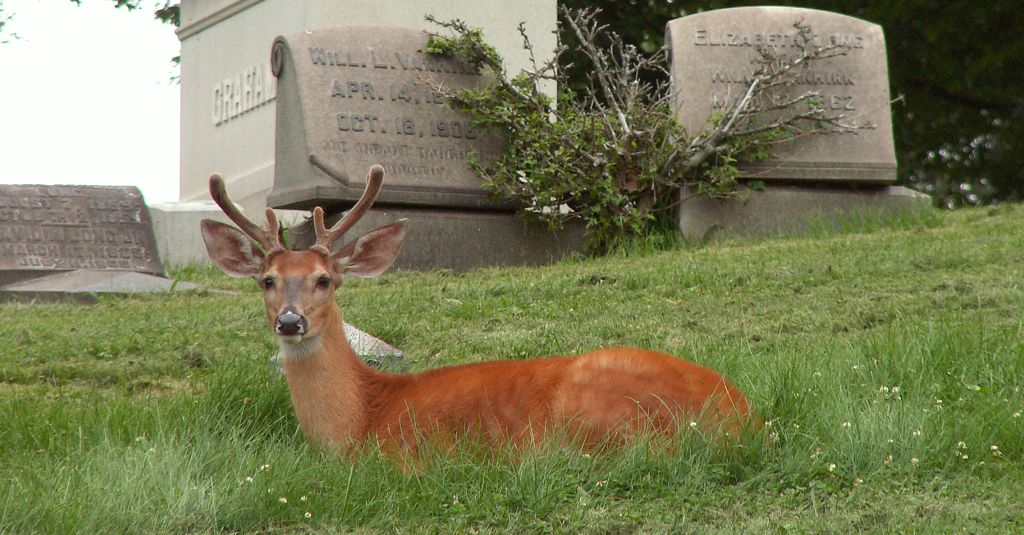
p.s. (*) Merriam-Webster explains that the word was introduced by botanist Theodor von Heldreich at a botanical conference in Paris, 16-24 August 1878, making its first-ever use almost exactly 144 years ago.
(photos from Wikimedia Commons and Kate St. John)
Very interesting! Thank you. I love the picture of the deer in the cemetery.